|
|
Post by jeanne on Dec 5, 2019 1:19:56 GMT 1
I'm amused that they called it "Manhattan!"  I have heard that name in other places in Poland, too. It seems all communist estates which were taller than regular were informally called Manhattans. Sort of revenge on communists....  Funny!  |
|
|
|
Post by naukowiec on Dec 6, 2019 23:38:56 GMT 1
such estates are located in each Polish town and city Yes, I've seen a fair few in cities and have photographed some of them. I don't know which city the pic is from though. I'm amused that they called it "Manhattan!" The US is obviously influential!  |
|
|
|
Post by jeanne on Dec 7, 2019 20:07:34 GMT 1
The US is obviously influential!  Obviously!!   |
|
|
|
Post by Bonobo on Jan 1, 2020 14:58:36 GMT 1
|
|
|
|
Post by pjotr on Jan 1, 2020 18:22:15 GMT 1
Dear Bonobo and Jeanne,
I enjoyed this thread and the images in it tremendously. It brought back some memories from the seventies, eighties, 2004 and 2006, when I was in Poland. Quite melancholic, historical and family memories. I had been in Poznań, Warszawa, Kraków, Wilanów, a village in the administrative district of Gmina Wijewo, within Leszno County, Greater Poland Voivodeship, in west-central Poland where Poznań family had a vacation house and the Southern Polish mountains Sudety.
In the Polish Peoples Republic some old buildings and atmospheres were stuck in time. The atmosphere in my Polish grandparents old fashionate apartment building in Mickiewicza 24, 60-836 Poznań in which they shared a hall, kitchen, bath room and toilet with other tenants, was nearly the ten years of the early 20th century, the twenties and thirties in Poland like. It was as if time had stood still. Old wall paper, old furniture (of a Nazi Volksdeutsche who had lived there during the war before they arrived when he fled -or was killed at the end of the war?-), a fifties Polish Peoples Republic tiny black and white tv, and products they bought from state shops and food from the state sam. My grandparents had fled from Mokotow in Warsaw where they lived in Warsaw after the Warsaw Uprising. They were rounded up by the Waffen SS and segregated during the selection process. My babcia spend some time in Austria in Mauthausen concentration camp. Borh my grandparents survived the war, as did their children. They found each other back in Poznań at the end of the war.
They say that the massacres, bloodbaths and scars of the Second World War are visible, sensible or monitorable in Poland. 11 million people were killed in Nazi ocupied Poland, of whom 6 million Poles.
In Post war Poland Warsaw, Poznań and Wrocław (Breslau) were rebuild. In Warsaw and other Polish cities marks of shrapnel, bullets, grenades, the September 1939 bombardments, destructive fires, the Warsaw Ghetto Uprising (1943), the Warsaw Uprising and thus the total destruction of Warsaw by German and Austrian Waffen-SS, SD/Gestapo, Wehrmacht, and Ukrainian, Russian and Baltic collaborators are still visible.
Polish towns and cities today are a mix of Medieval Romance, Polish Ghotic, Italian Renaissance, Baroque, Classicist, Polish Lithuanian Commonwealth style building, Czarist Russian, Prussian (see some buildings in the center of Poznań), Habsburg Austrian buildings, and during the Interbellum (1919-1939) in Polish style. After the war you had Stalinist Sovjet influences and the Polish Peoples Republic Socialist (communist) party way of building (Marxist-Leninist architecture), and in the period 1989-2019 you had the new, Independent, Polish, Democratic, Western architecture. See the new skyline of Warsaw with it’s Western sky skrapers which surround the Palace of culture which is an example of Stalinist Sovjet architecture. The Palace of Culture was build by the Sovjets (Russians).
Cheers,
Pieter
|
|
|
|
Post by Bonobo on Jan 1, 2020 18:38:30 GMT 1
It was as if time had stood still. Pieter I have a similar impression sometimes. I understand that 100 year old buildings have been preserved till today on condition they weren`t demolished during WW2. But I imagined it mostly refers to big ones. That is why I was really surprised to see the same little railway station building in Hel Peninsula. Incredible. en.wikipedia.org/wiki/Hel_railway_stationHel  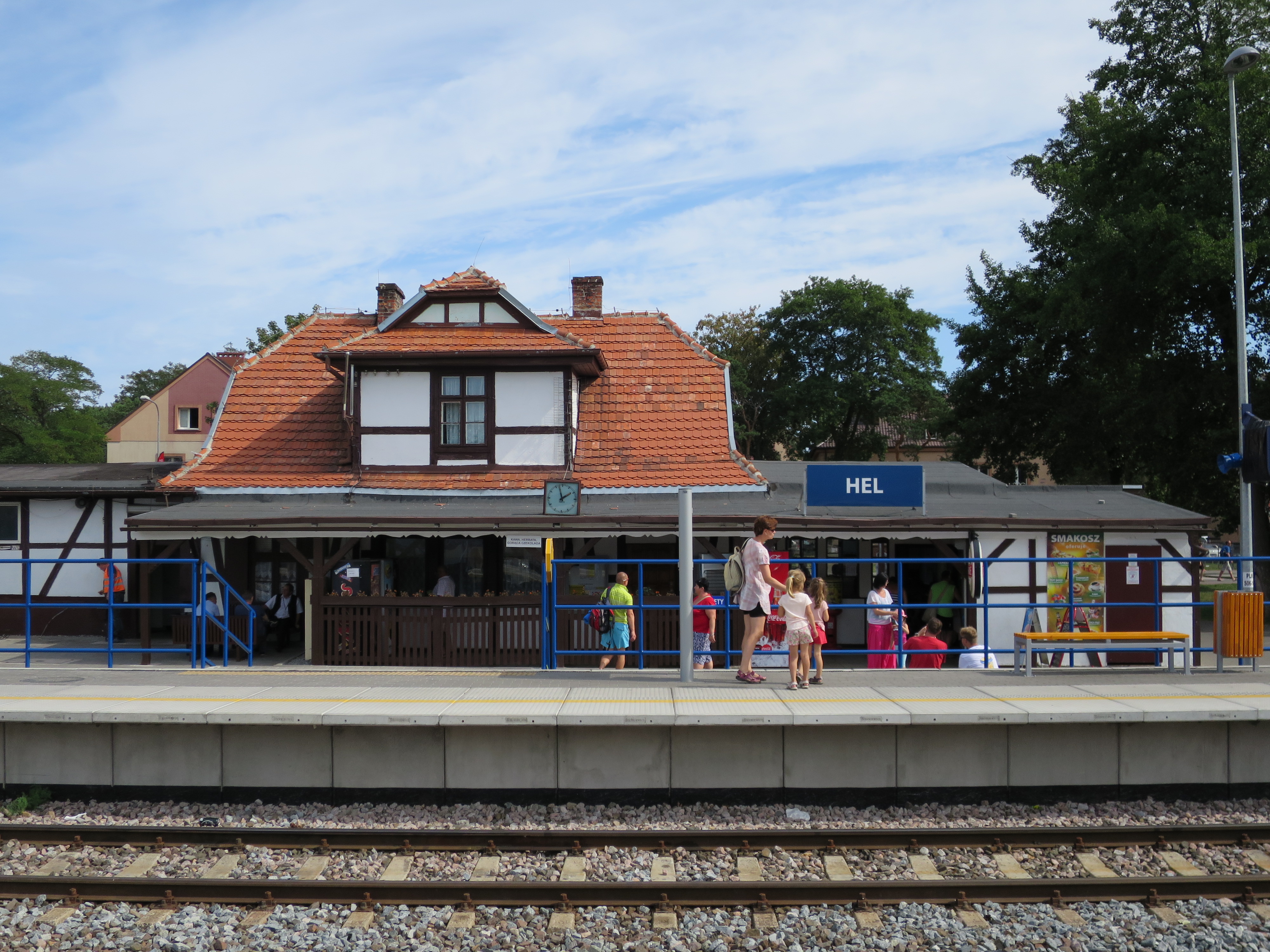 |
|
|
|
Post by Bonobo on Jan 3, 2020 20:23:26 GMT 1
|
|
|
|
Post by Bonobo on Jan 10, 2020 13:41:52 GMT 1
Ex German Lwówek Śląski  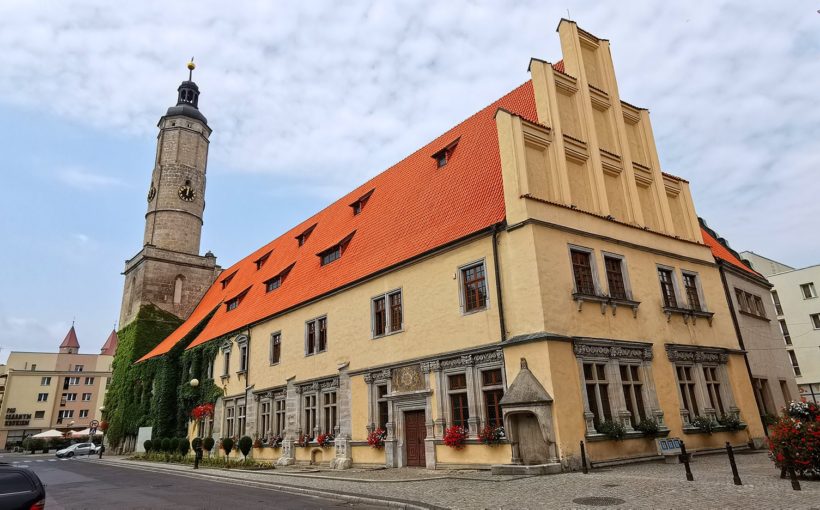 Sosnowiec
Soon 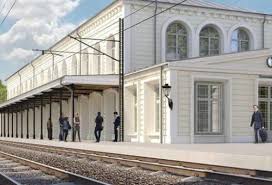 |
|
|
|
Post by Bonobo on Feb 6, 2020 19:49:59 GMT 1
Wałbrzych 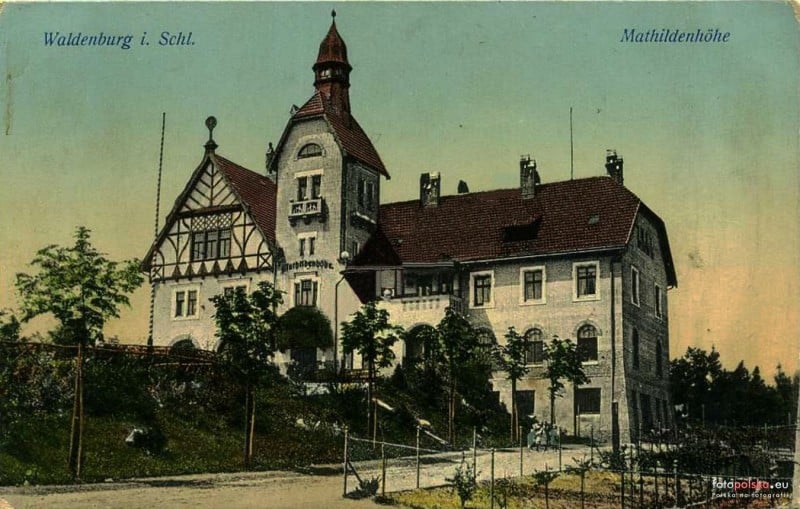  |
|
|
|
Post by Bonobo on Jun 16, 2020 18:44:03 GMT 1
The pulled down Ortohodox church in Warsaw was already discussed. Here, a wider view of the Square. You can see that the architecture on 3 sides (except northern) and in the centre is completely different today. 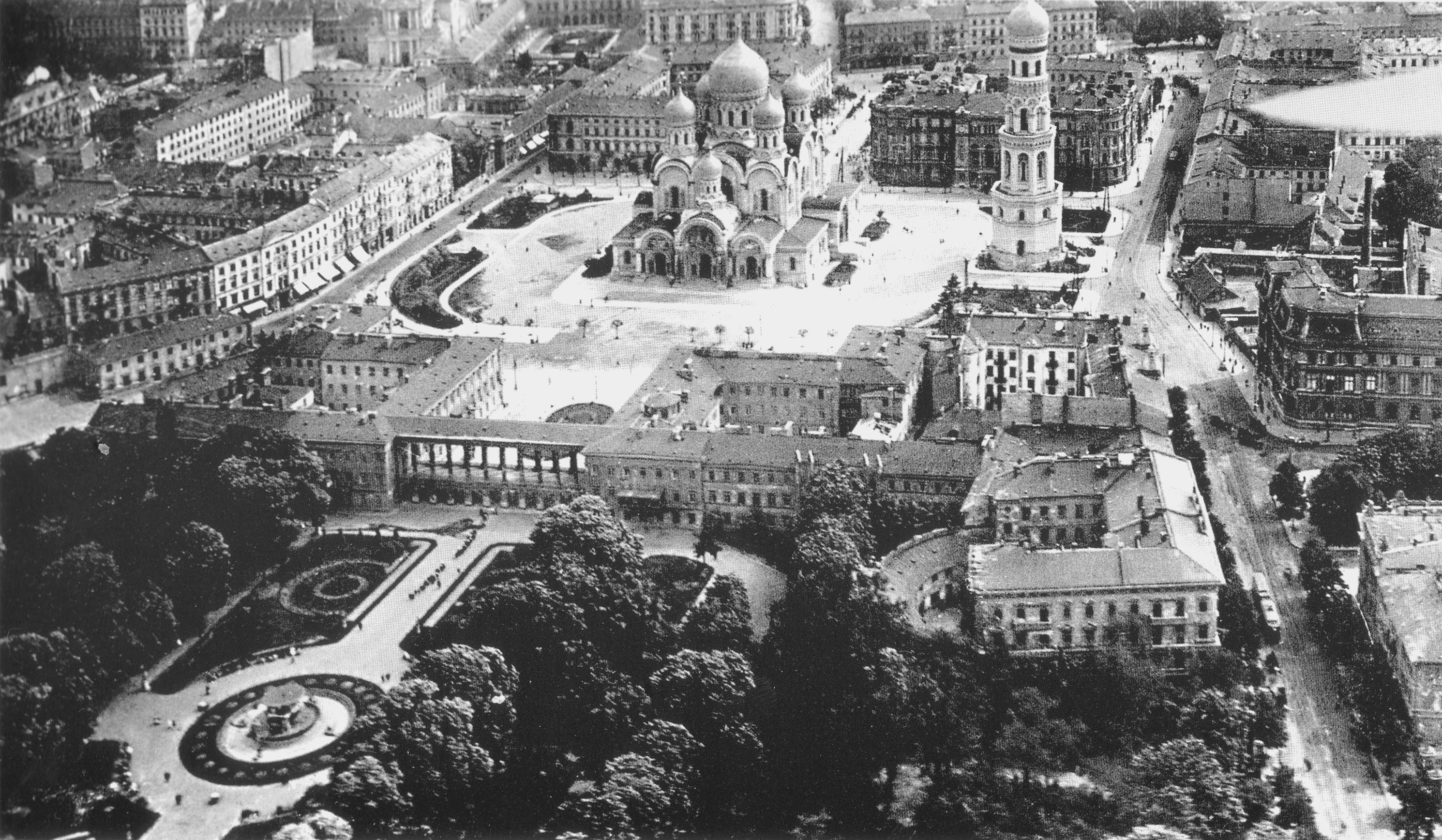 This image is a bit rotated to the right. 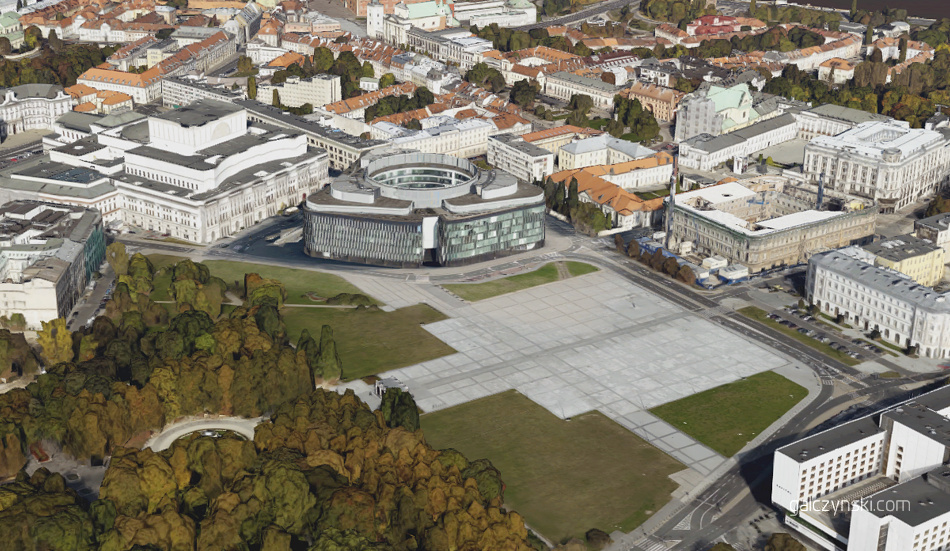 |
|
|
|
Post by Bonobo on Jun 20, 2020 11:53:35 GMT 1
|
|
|
|
Post by Bonobo on Sept 27, 2020 16:19:01 GMT 1
|
|
|
|
Post by Bonobo on Dec 23, 2021 15:35:21 GMT 1
|
|
|
|
Post by Bonobo on Jan 19, 2022 15:01:30 GMT 1
|
|
|
|
Post by Bonobo on Jan 25, 2022 13:21:45 GMT 1
|
|
|
|
Post by Bonobo on Feb 12, 2024 14:47:33 GMT 1
Krakow = once a radio station, today a theatre.  |
|
|
|
Post by jeanne on Feb 28, 2024 3:01:13 GMT 1
I prefer the previous facade of the building rather than the modern...  , but nobody asked me before they changed it! |
|